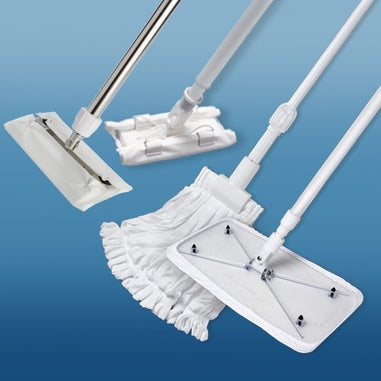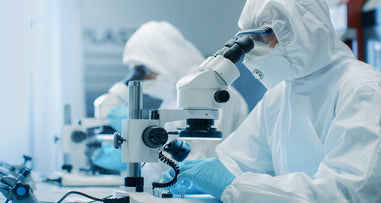- No products in the cart.
Visiting a contaminated site without wearing proper protective clothing or equipment is hazardous. There are various reasons for completely covering yourself so that you’re not exposed to any dangerous materials or substances. These can include poisonous gases and harmful chemicals that don’t show their effects until long after. You can also have allergic reactions to certain substances that are at the contaminated site that you’re unaware of.
Other than the chemical dangers to you at the contaminated site, you may also be in very real physical danger. The site may be littered with shards of glass, wood, or rocks that may physically injure you. It may also contain pieces of metal, certain toxic minerals or radioactive substances, which can, undoubtedly, cause physical damage. Due to all these reasons, you need to put on Personal Protective Equipment (PPE) and a gown in contaminated sites. In this blog we will explore proper donning and removal techniques.
Proper gowning techniques. Best practices for donning on your Personal Protective Equipment (PPE)
Here is the proper gowning technique to use when you wear PPE in contaminated sites.
1. The first step is to put the apron on. Pull the apron over your head and fasten it at the back of your waist. This is the most basic layer of protection against splashes, spills and drops on your chest and lap. Hence, it should be fastened tight so that nothing can make it loose.
2. Next, wear the fluid repellant coverall or gown. Make sure that every single part of your body, apart from your head and neck, are completely covered. This includes your body from the neck to the knees. Your arms to the wrist ends should be covered. Only your palms should be visible. Make sure that the gown or coverall is fastened at the back of your neck.
3. Wear the surgical mask or respirator. This will keep your mouth and nose free of any germs, bacteria, viruses, or airborne particles. Secure the ties or elastic bands in the middle of the head and neck. Make sure the flexible band fits the nose bridge. The mouth and nose should be completely covered down to the chin. If the respirator is worn out, replace it.
It is time to put on your goggles and face shield. Fasten them to the back of your head so that your eyes are completely covered. Nothing from the front or the side should be able to get into your eyes.
4. Finally, wear your gloves. Make sure that you’ve selected gloves that fit your hands and extend to your cover wrist.

How to properly remove your Personal Protective Equipment (PPE)
Here are best practices to remove PPE when you leave a contaminated site. Remember that your clothing has probably been contaminated. So, you should try to touch as little of it as possible. Touch the clothing from the inside as much as possible.
1. Remove your gloves first since they’re most likely to be contaminated. For the first glove, grab it with the glove still on your other hand and pull it off. For the glove on your other hand, slide the fingers of the ungloved hand under the wrist and peel it. Cover the first glove with the second and dispose into a lined waste bin.
2. Break the ties of the apron and pull away from the neck and shoulders. Touch the inside of the apron only since the outside is probably contaminated. Fold, roll in into a bundle and discard in a waste bin.
3. To remove the gown/coverall, unfasten the neck and waist ties and remove by using a peeling motion. Pull it down from each shoulder towards the same hand. Peel it off your body inside out and roll into a bundle away from your body. Discard in a waste bin.
4. Remove your goggles and face shield. Handle from the sides or headband and discard in a waste bin.
5. Finally remove your respiratory mask by unfastening the ties. Pull away from the face without touching the front. Discard in to waste bin.
Conclusion:
When you’re putting on or taking off personal protective equipment, you need to remember a few crucial things:
- Keep your hands away from your face so that you don’t track any of the contaminants on your body.
- Change your gloves if they get torn or if they’re heavily contaminated. This especially goes for when you’ve touched any chemicals or hazardous substances for minutes on end. Limit the surfaces that you touch in the contaminated environment.
- Make sure that you decontaminate yourself with a good antibacterial soap regularly. If you’re repeatedly required to enter the contaminated environment, you should wash your hands frequently.
- Make sure that you wash your hands after removing your gloves.
Compliance with the proper donning and removal of PPE, can significantly reduce the risk of Healthcare Associated Infections (HAIs). Please ensure that you are providing proper PPEs to your team, that you have a quality control program that is structured with consistent training and one that enforces adherence.
__
For over 40 years, Lab Pro has been committed to delivering the highest quality Personal Protective Equipment and apparel to medical device and biomedical laboratories worldwide. Come visit the biggest Lab Supply showroom in California, or contact us online or at 888-452-2776.












































